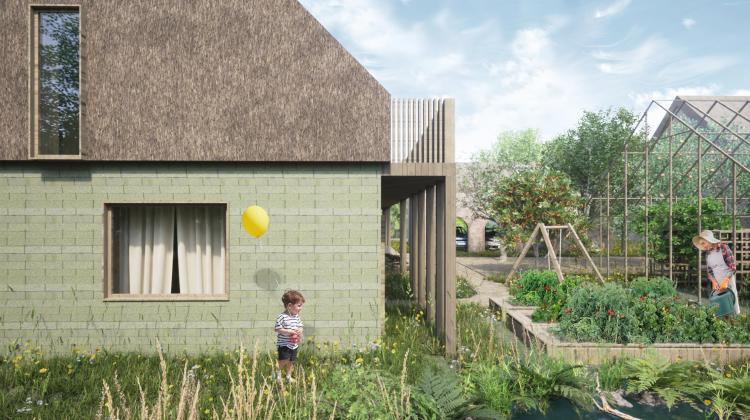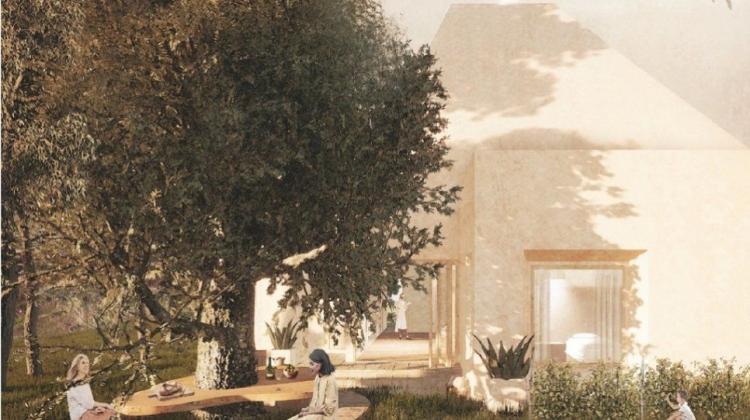InnovaConcrete project - concrete architecture, part of the European cultural heritage of the 20th century
 Photo: Fotolia
Photo: Fotolia
The Centennial Hall in Wrocław and the Warsaw cross-city line railway stations are Polish examples of concrete structures that form an important part of the European cultural heritage of the 20th century. Modern conservation methods for those structures are being developed by an international consortium, in which researchers from Łódź are involved.
The project InnovaConcrete will be implemented under Horizon 2020 by an international consortium of 29 institutions from 11 countries, including art historians from the University of Lodz. The value of the project is € 6.8 million.
"This grant concerns the 20th century concrete architecture heritage, its technical and ideological protection methods, and raising public awareness of the value of the 20th-century heritage of reinforced concrete architecture" - told PAP Dr. Błażej Ciarkowski from the Department of Art History of the University of Lodz.
"InnovaConcrete" is a multidisciplinary project and team members include specialists in the fields of construction, nanomaterials, simulation, conservation, social sciences and humanities. The task of the latter, including researchers from the University of Lodz, is to analyse the historical rank and social value of selected objects.
"Our contribution is the component of soft skills, humanities and social sciences. Our aim is primarily to analyse the historical and social value of the heritage of concrete architecture" - added Dr. Ciarkowski.
As he emphasized, he deliberately used the word "heritage" rather than "monument", as it is part of our cultural heritage. "Sometimes they can be referred to as objects of contemporary culture, but the term +monument+ is commonly associated with older objects" - he added.
At the initial stages of the study, several important groups of concrete/reinforced concrete objects were selected, including concrete outdoor sculptures by Eduardo Chillida in Spain, war memorials on Lake Como in Italy and reinforced concrete shell structures created after the Second World War in Eastern Europe - including the Warsaw cross-city line railway stations.
According to Dr. Ciarkowski, the most difficult task - from the point of view of Lodz art historians, will be convincing people that structures such as cross-city line railway stations from the mid-1960s are something worth protecting.
"From the point of view of our consortium, they are firstly a proof of the innovative, modern technical and architectural thinking of that era, but also a testimony of their time. The whole political, historical and social context is very important here" - the scientist argues.
The situation is similar in the case of the Centennial Hall in Wroclaw - another object included in the project. The Centennial Hall (former People\'s Hall), designed by Max Berg, was built in 1911-13. In 2006, the complex was inscribed on the UNESCO World Heritage List.
"In the case of the Centennial Hall, we are dealing firstly with a pioneering use of reinforced concrete, secondly with an object that is of great importance for the history of the region, Wroclaw and - above all - the history of architecture" - he assessed.
During the three years of the project, the participants of "InnovaConcrete" will not only study concrete and reinforced concrete structures and develop technical conservation methods. The social and ideological role of individual objects over the years will be analysed, as well as their perception in modern times.
"We will explore the social aspect - how deeply rooted these objects are in the urban landscape and how many personal histories are associated with them. Our research and activities will be associated not only with the history of art, but also with sociology and social sciences" - he noted.
Research results will be published successively. Researchers from the University of Lodz in cooperation with ICOMOS and DOCOMOMO - international organizations dealing with heritage protection - plan to disseminate the effects of their activities and research. They want to promote the importance of this architecture - organise popular science, scientific and popular events promoting knowledge and raising awareness of the value of cultural heritage of the 20th century concrete structures. (PAP)
PAP - Science and Scholarship in Poland
szu/ zan/ kap/
tr. RL
Przed dodaniem komentarza prosimy o zapoznanie z Regulaminem forum serwisu Nauka w Polsce.


















